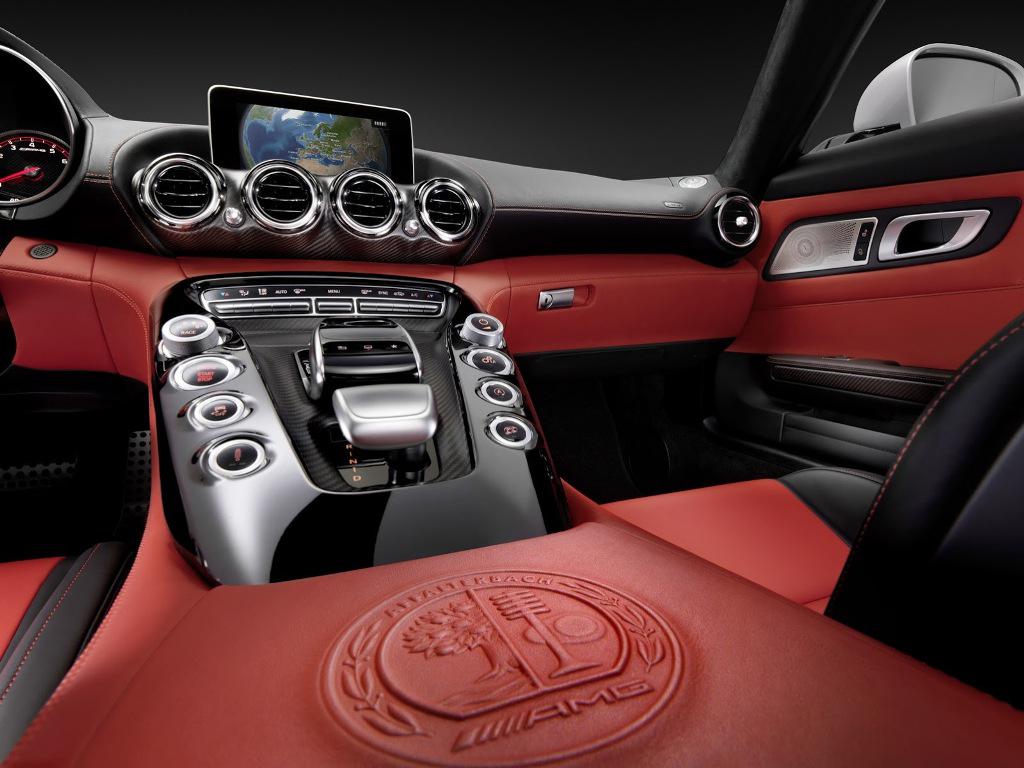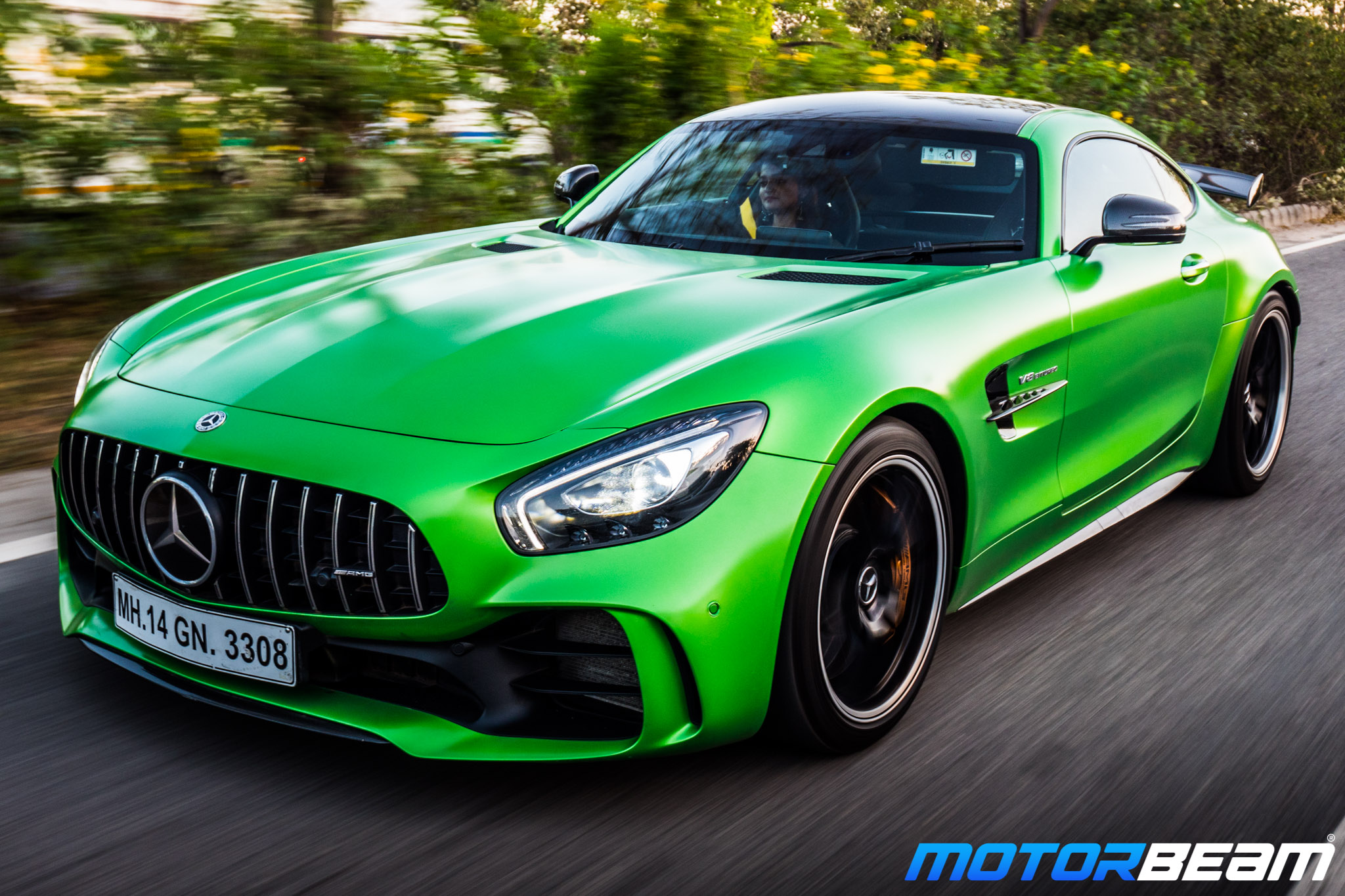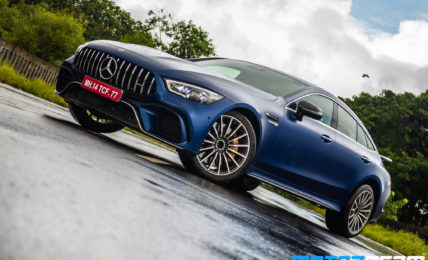Ride quality is harsh but still better and much more usable than the GT R
Driving Dynamics – The AMG GT is relatively usable with slighter better ground clearance than the GT R but it doesn’t get AMG Ride Control adaptive suspensive system as standard, so lifting the nose isn’t a possibility but that’s not where the low ground clearance issue comes into picture, instead it’s somewhere near the rear where it scrubs on big speed-breakers. The ride is much more bearable than the GT R but still almost unbearable with the stiffness and constant moving around on bad roads, this car still needs a race track to be best enjoyed.
The Roadster has superb high speed stability & a feedback-rich steering
The fabric roof doesn’t affect any of its dynamics making the Roadster as enjoyable and tossable as the Coupes
The handling is fab though (47:53 weight distribution) with the steering offering great response, body roll being well contained with loads of grip from the staggered tyre set-up, however, the rear wheels almost always scramble for traction (there are 3 ESP modes – on, off and Sport) due to this being a rear-wheel-drive (no rear-wheel steering on this GT model though which is offered on the GT R). High-speed stability is excellent too, in spite of the soft top and the car hasn’t lost any of its poise even with the roof down.
Optional carbon-ceramic brakes offer stupendous braking power
The chassis of the AMG GT is made of aluminium for weight reduction but the car does weigh 40 kgs more than the AMG GT R due to the roof mechanism and increased structural rigidity. When you put the roof down, you can hear a lot of course but even with the roof up, you can hear a lot but not from the roof but from down below, the suspension and tyres aren’t the quietest. Carbon-ceramic discs on our test car ensured excellent stopping power and are 40% lighter than conventional discs but are optional.




